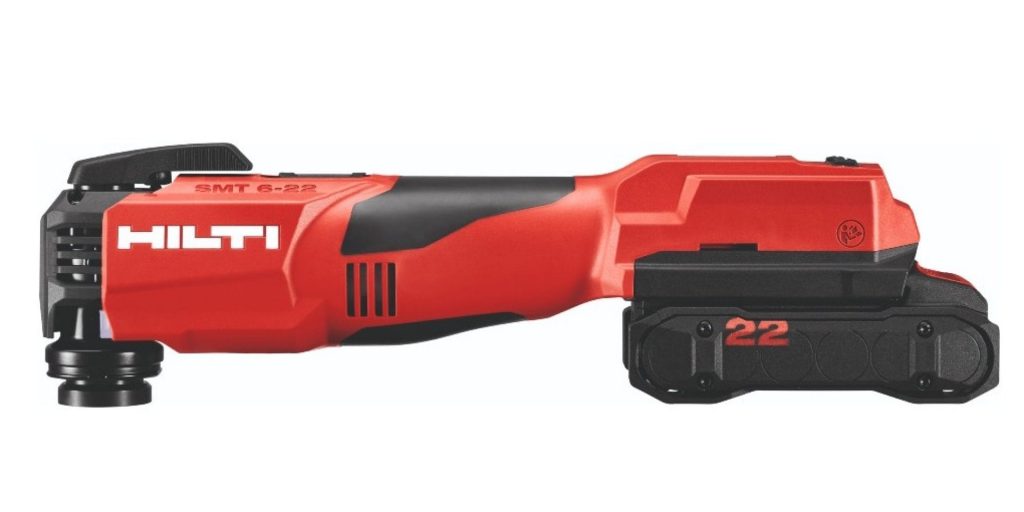The Art of Manufacturing: Distinguishing Between Cutting Tools and Machine Tools
2 min read
In the realm of manufacturing and industrial production, the terms 'cutting tools' and 'machine tools' are often used interchangeably. However, these two terms represent distinct categories of equipment, each with their unique functions, applications, and characteristics. This article aims to provide an in-depth understanding of the differences between cutting tools and machine tools, shedding light on their roles in the manufacturing process.
Cutting Tools: The Precision Instruments
Cutting tools are the devices used to remove material from a workpiece by means of shear deformation. They are typically made of hard, resistant materials such as high-speed steel or carbide. The design of cutting tools is often customized to perform specific tasks, including drilling, milling, turning, and boring.
The performance of cutting tools is determined by various factors, including the tool material, geometry, and cutting parameters. The tool material should have high hardness, toughness, and resistance to wear and heat. The tool geometry, including the rake angle, clearance angle, and cutting edge, influences the cutting forces, temperature, and surface finish. The cutting parameters, such as the cutting speed, feed, and depth of cut, also affect the cutting performance and tool life.
Machine Tools: The Powerhouses
Machine tools, on the other hand, are the machines that provide the controlled movement of the cutting tool. They are the power-driven equipment used to shape or form workpieces by removing excess material in a highly precise manner. Machine tools include lathes, milling machines, drilling machines, and grinding machines.
Machine tools are characterized by their rigidity, accuracy, and automation. The rigidity of a machine tool, which refers to its resistance to deformation under cutting forces, affects the accuracy and surface finish of the workpiece. The accuracy of a machine tool, defined by its positioning and repeatability, determines the dimensional and geometric precision of the workpiece. The automation of machine tools, enabled by computer numerical control (CNC), enhances productivity, flexibility, and quality.
The Interplay Between Cutting Tools and Machine Tools
While cutting tools and machine tools are distinct entities, they work in tandem in the manufacturing process. The cutting tool, mounted on the machine tool, performs the actual cutting operation. The machine tool, in turn, controls the movement and positioning of the cutting tool, ensuring the desired shape and dimensions of the workpiece.
The selection and optimization of cutting tools and machine tools are critical to the efficiency and quality of the manufacturing process. The cutting tool should be chosen and designed based on the workpiece material and the machining operation. The machine tool should be selected and configured to provide the necessary power, speed, and accuracy.
In conclusion, understanding the difference between cutting tools and machine tools is essential for anyone involved in the manufacturing industry. By appreciating their unique roles and interplay, one can make informed decisions in tool selection, machine operation, and process optimization, ultimately enhancing productivity, quality, and cost-effectiveness.


